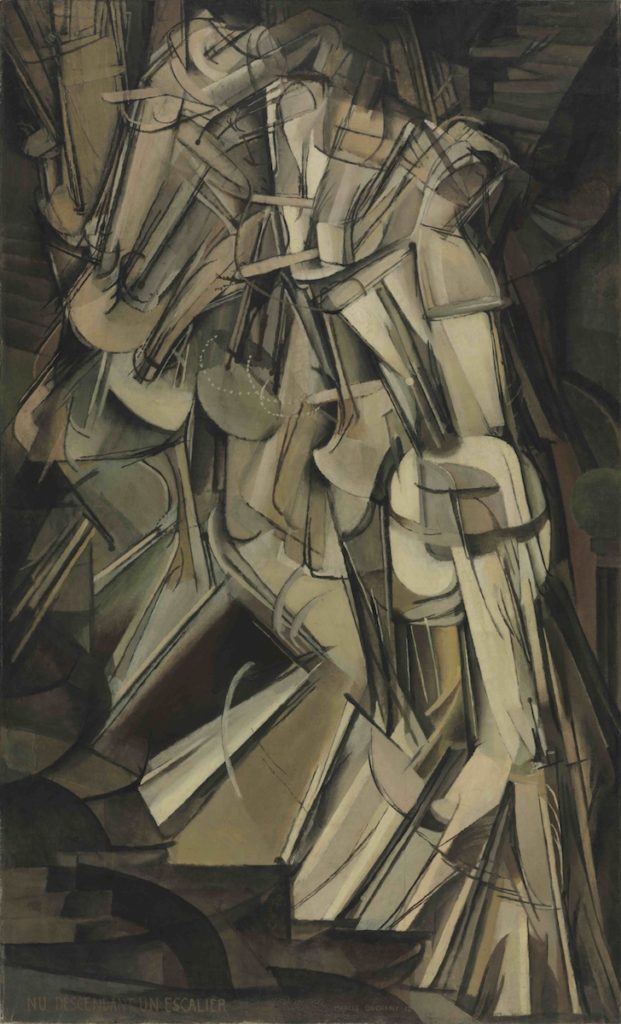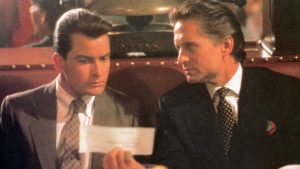We could not agree more with Durable Capital Partners’s claim that companies are like organisms! But I think stocks are more like people. Yes, I know people are organisms too, but they are harder to understand than other organisms, like dogs and cats, or even the miniscule microbe known as Nanoarchaeum (link). Learning our stock’s Enneagram, is perhaps one of the most important elements of living in harmony with them over the long term. It’s the secret to portfolio happiness.
Incidentally, Durable founder Henry Ellenbogen was a giant in his T. Rowe Price and Barron’s Roundtable glamour days, and I am still confident he will remain a giant – even though it’s been a rough start for Durable. As an early mentor used to repeat, you’re never as good as you think you are in a bull market, and never as bad in a bear. Here is a link to an hour long podcast hosted by Professor Tanos Santos of Columbia Business School: The Multi-Faceted Future of Value Investing with Henry Ellenbogen.
In the podcast Henry tells his story. He majored in organic chemistry in undergrad. Went to Harvard. He worked in politics before ending up at Goldman, then joining T Rowe Price, which he describes as his only real job. “When I joined T Rowe,” he recalls, “it was basically a tenth of the size of when I left.” I liked what he said in the beginning and people who know me well should know why:
“My general belief is that often investors are very good for periods of time, but very few investors are good for extended periods of time. I like to study investors, just like anyone in this industry – and one of the things I believe is that you really don’t know that an investor is truly great until you see them handle a crisis, or a couple of crises, and you also see them handle market leadership change, which is usually driven by significant changes in the underlying economy – because people have mental models, and very few people can actually revisit the simplifying assumptions on how economies interact with industries and business and people. Very often, if you study the human mind, the way we all work is that we make simplifying tradeoffs on maybe eight variables. People tradeoff individuals or managements, or companies and industries very often. … they oversimplify their assumptions.”
The excerpt just above starts at 10:30 and ends at 12:04, and I transcribed it verbatim. I think it is spot on, and that I could not have said it better. My opinion and conviction on this matter is based on decades of studying investors of all kinds and throughout history. Like Henry, I came from a technical background (aerospace engineering), and I also started in finance in 1998. But instead of politics, I spent most of the 1990s working on a narrow problem in signal recognition using acoustic emission technology. I was Head of R&D at Physical Acoustics Corporation (at the time, still a relevant company in a nascent industry), when I had my own eureka moment. Applying neural networks (AI) to detect fatigue cracks, just wasn’t for me. Columbia Business School was my exit, and my entry to the buyside was at the venerable Dreyfus Corporation. While T Rowe went up 10-fold, and then some, Dreyfus proved to be an unbalanced organism.
Regarding Henry’s quote in Barron’s that I highlighted in the image above – yes, you should want to own companies that have gotten stronger than competitors – but you need to make sure they will continue to get even better. The competitors themselves are rarely a factor when the company is truly outstanding. Its more about sustaining that motion through time. For this concept I prefer the art analogy – in particular, cubism – as uniquely expressed by Marcel Duchamp’s oil on canvas, Nude Descending a Staircase, No. 2 (1912). From Wikipedia: “The painting combines elements of both the Cubist and Futurist movements. In the composition, Duchamp depicts motion by successive superimposed images, similar to stroboscopic motion photography.” Duchamp was not just a giant of the arts, but he was also a brilliant philosopher, mathematician, and chess player.
While on the subject of philosophers, one of my favorite thinkers on stock investing was Karl Popper, who I rank up there with Goethe, Keynes, and Thomas Phelps. One of Popper’s lesser-known books, The Poverty of Historicism (1956), was the one I enjoyed the most, mainly because it was the only one I could fully understand. The quote below from Chapter 28: The Method of Reduction. Causal Explanation. Prediction and Prophecy, captures the same point that Henry Ellenbogen and Marcel Duchamp made:
“In our search for the true conditions of a trend, we have all the time to try to imagine conditions under which the trend in question would disappear. But this is just what the historicist cannot do. He firmly believes in his favourite trend, and conditions under which it would disappear are to him unthinkable. The poverty of historicism, we might say, is a poverty of imagination.” – Karl Popper
Upon re-reading my highlights from Popper’s book, and given that there was still some blank space left below, I couldn’t help but share two other excerpts:
“Real repetition must therefore be impossible in social history; and this means that one must expect that events of an intrinsically new character will emerge. History may repeat itself— but never on the same level, especially if the events concerned are of historical importance, and if they exert a lasting influence on society.”
“Suppose, for instance, it were predicted that the price of shares would rise for three days and then fall. Plainly, everyone connected with the market would sell on the third day, causing a fall of prices on that day and falsifying the prediction. The idea, in short, of an exact and detailed calendar of social events is self-contradictory; and exact and detailed scientific social predictions are therefore impossible.”
But Popper isn’t the only giant I turn to for insights on investing. Goethe’s Maxims and Reflections (1883) is a treasure chest, and unlike Popper’s books, which are very expensive, his maxims are available for free on the internet (link). I share a few of my favorites below:
Before the storm breaks, the dust rises violently for the last time — the dust that is soon to be laid forever.
Dirt glitters as long as the sun shines.
He is the happiest man who can set the end of his life in connection with the beginning.
If you lay duties upon people and give them no rights, you must pay them well.
There are people who make no mistakes because they never wish to do anything worth doing.
Thoughts come back; beliefs persist; facts pass by never to return.
Mastery often passes for egoism.
Everyone suffers who does not work for himself. A man works for others to have them share in his joy.
There are many things in the world that are at once good and excellent, but they do not come into contact.
Absurdities presented with good taste rouse disgust and admiration.
To see a difficult thing lightly handled gives us the impression of the impossible.
The greatest difficulties lie where we do not look for them.
Nothing is more highly to be prized than the value of each day.
There are men who put their knowledge in the place of insight.
Every man hears only what he understands.
Higher aims are in themselves more valuable, even if unfulfilled, than lower ones quite attained.
Ignorant people raise questions which were answered by the wise thousands of years ago.
The century advances; but every individual begins anew.










